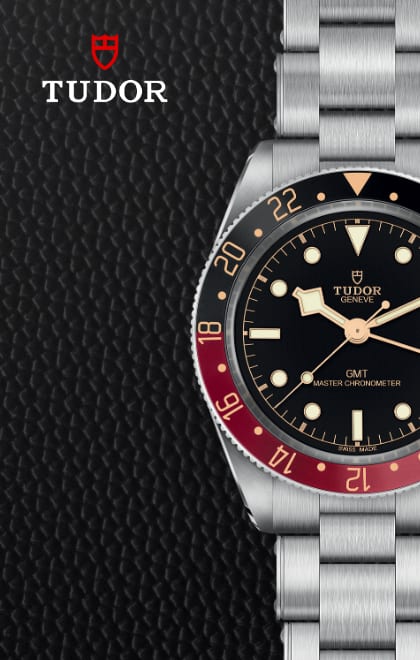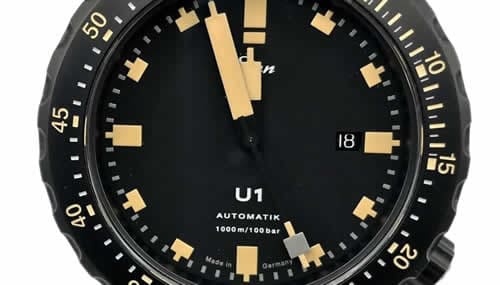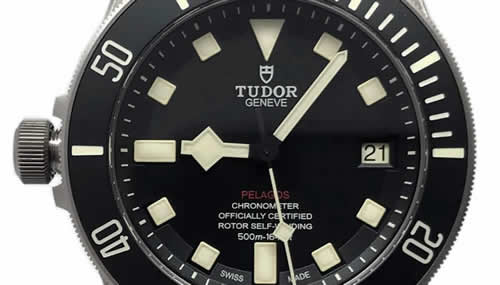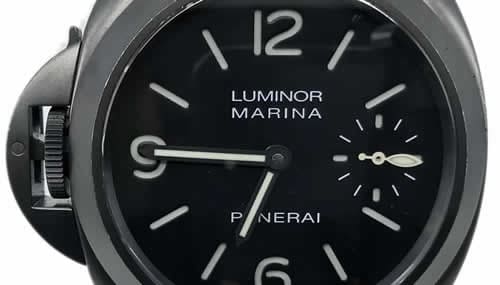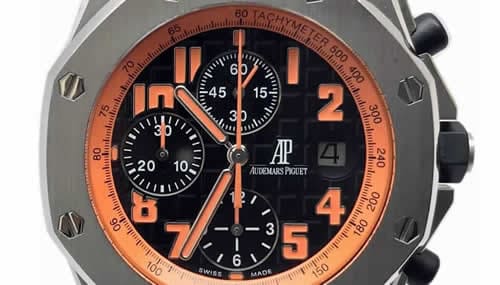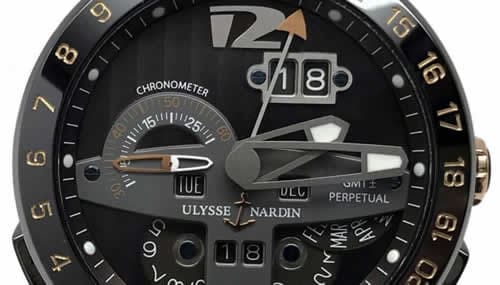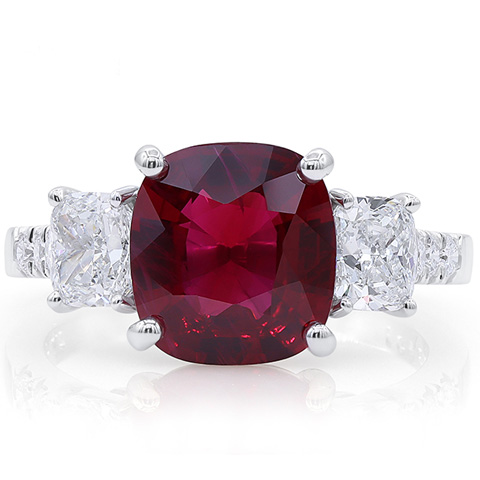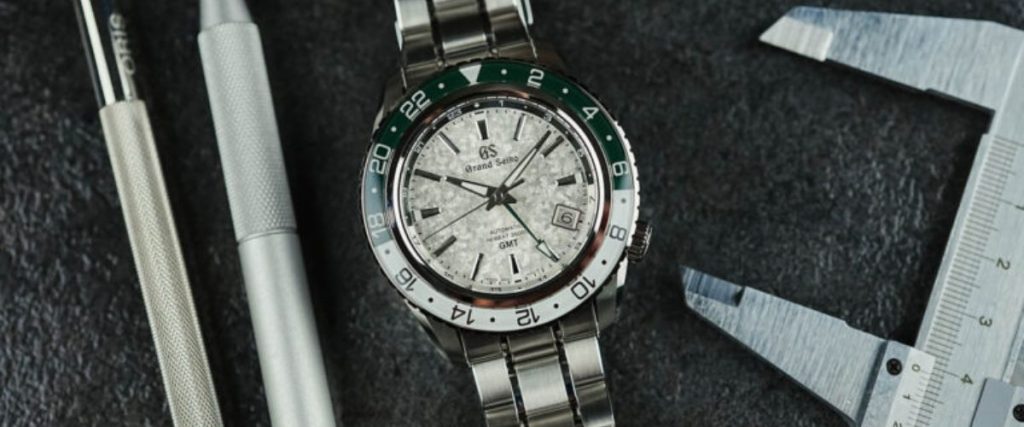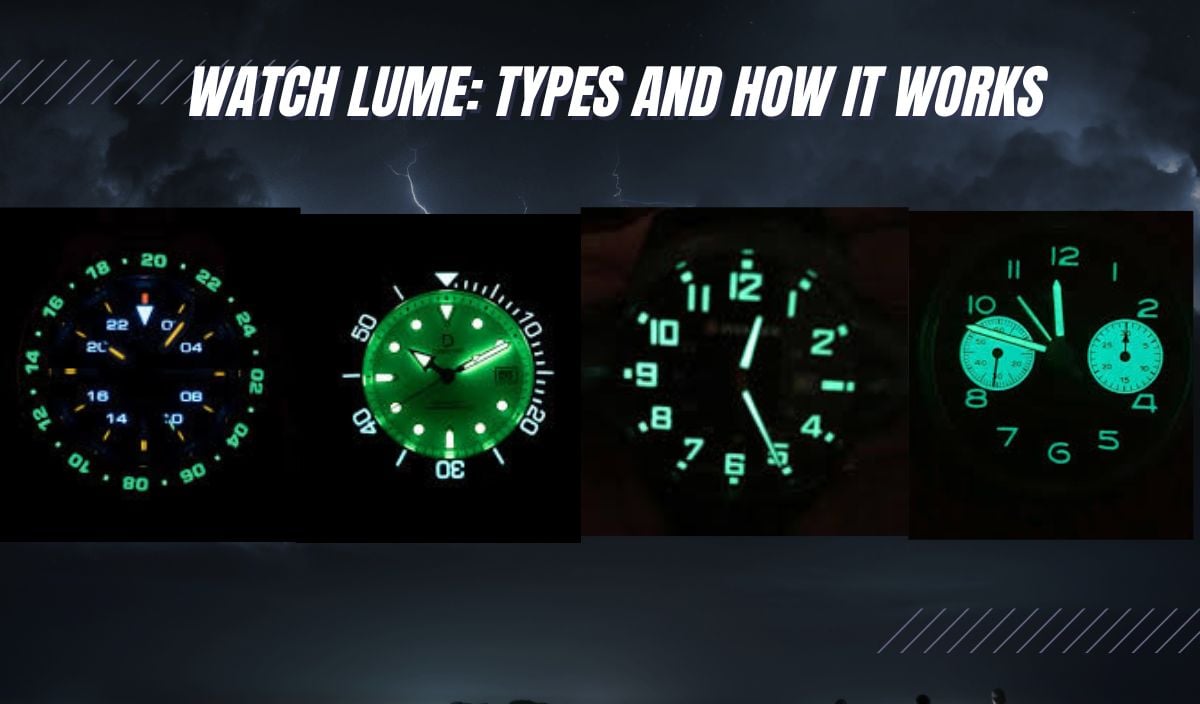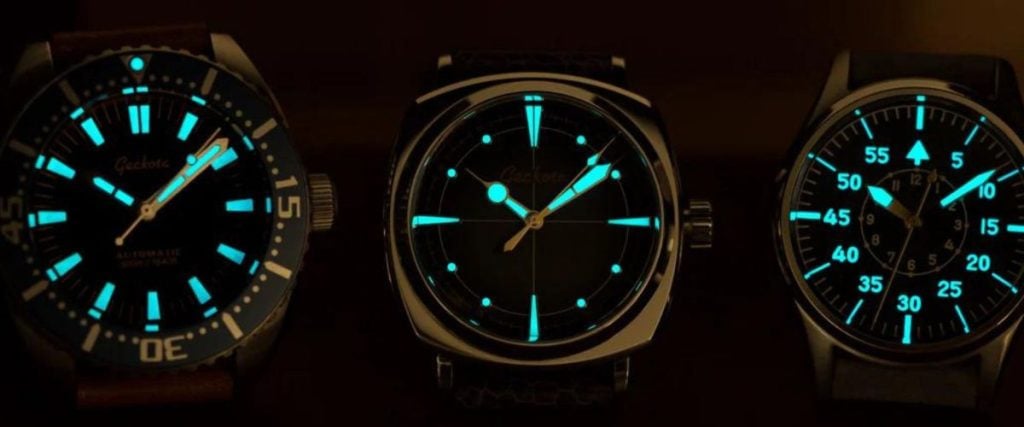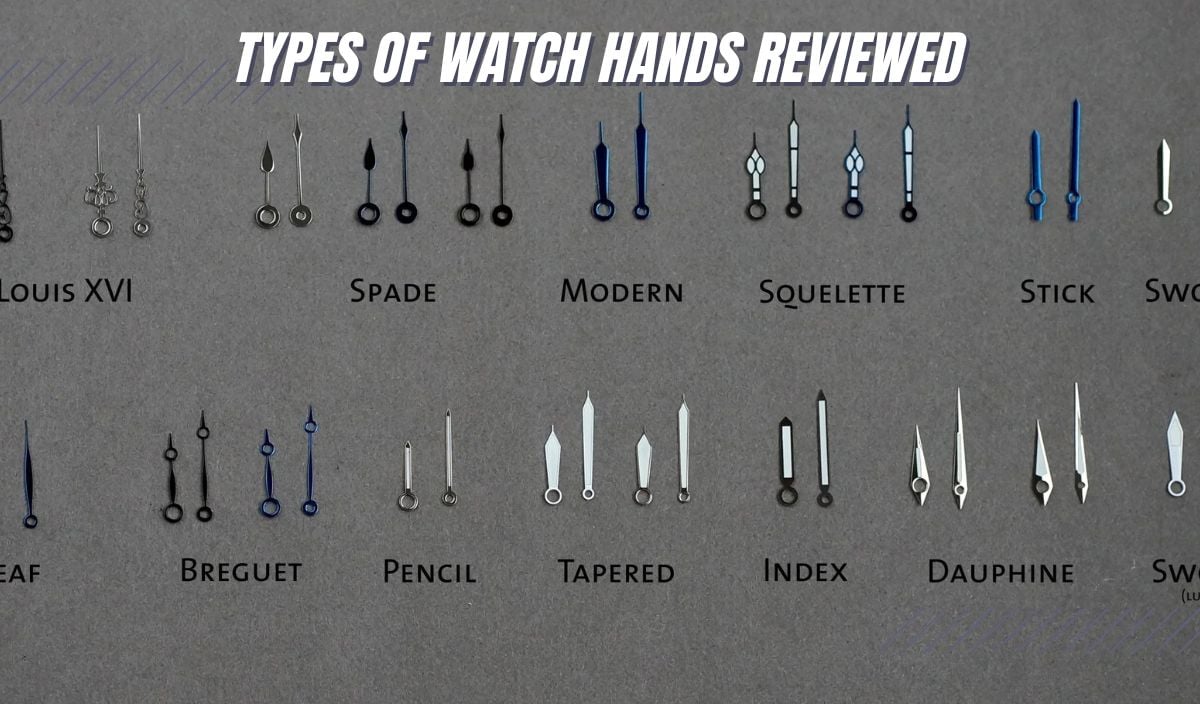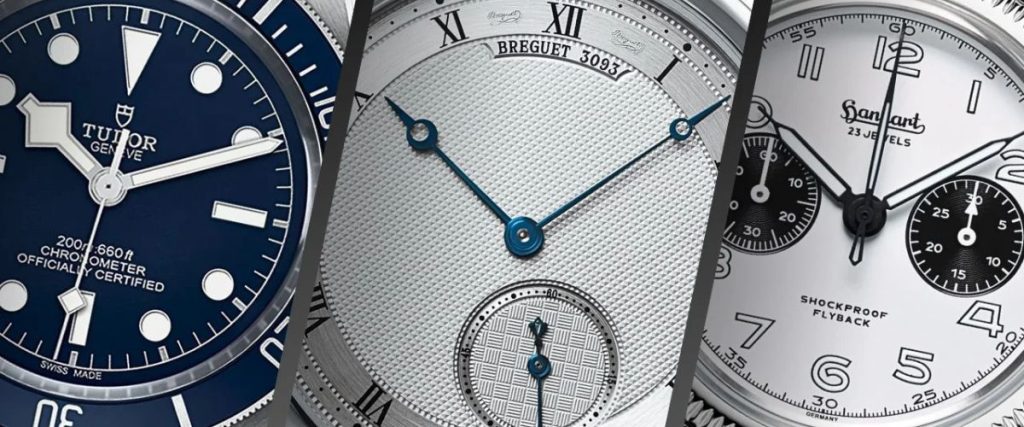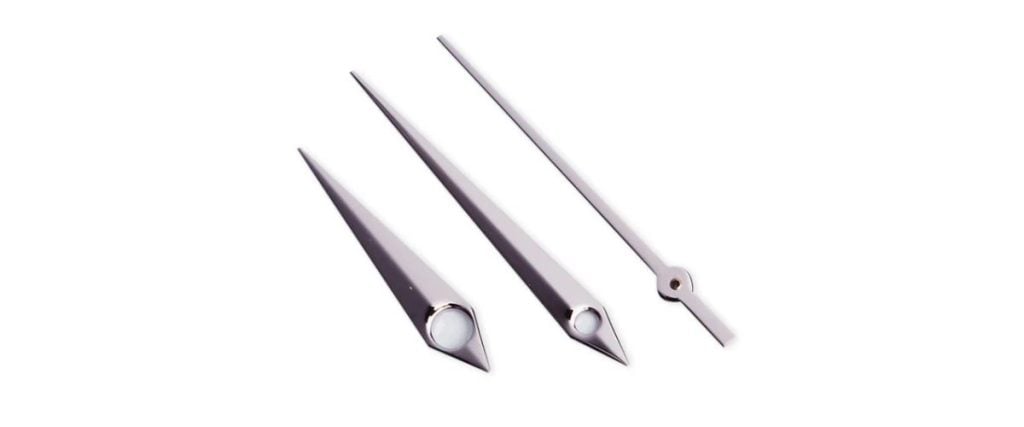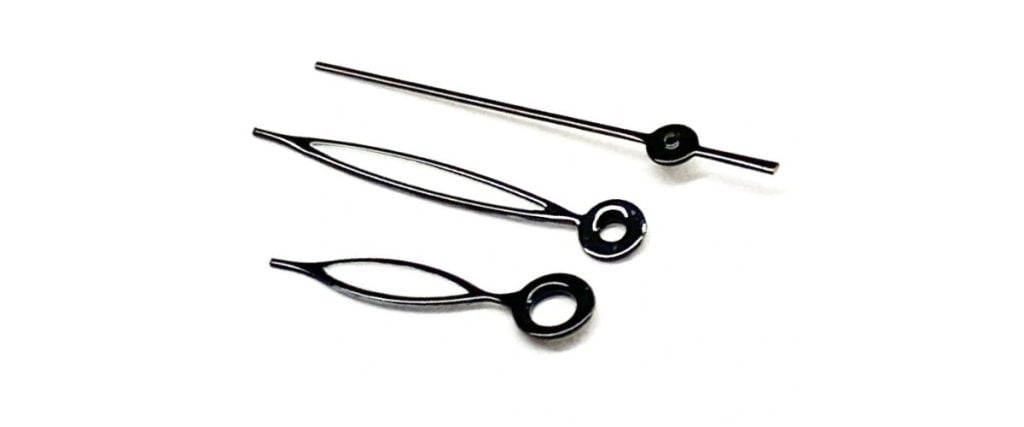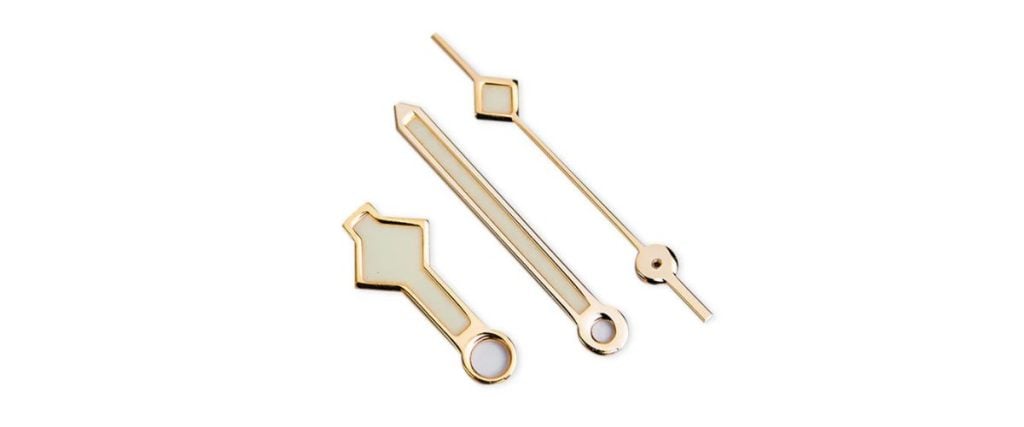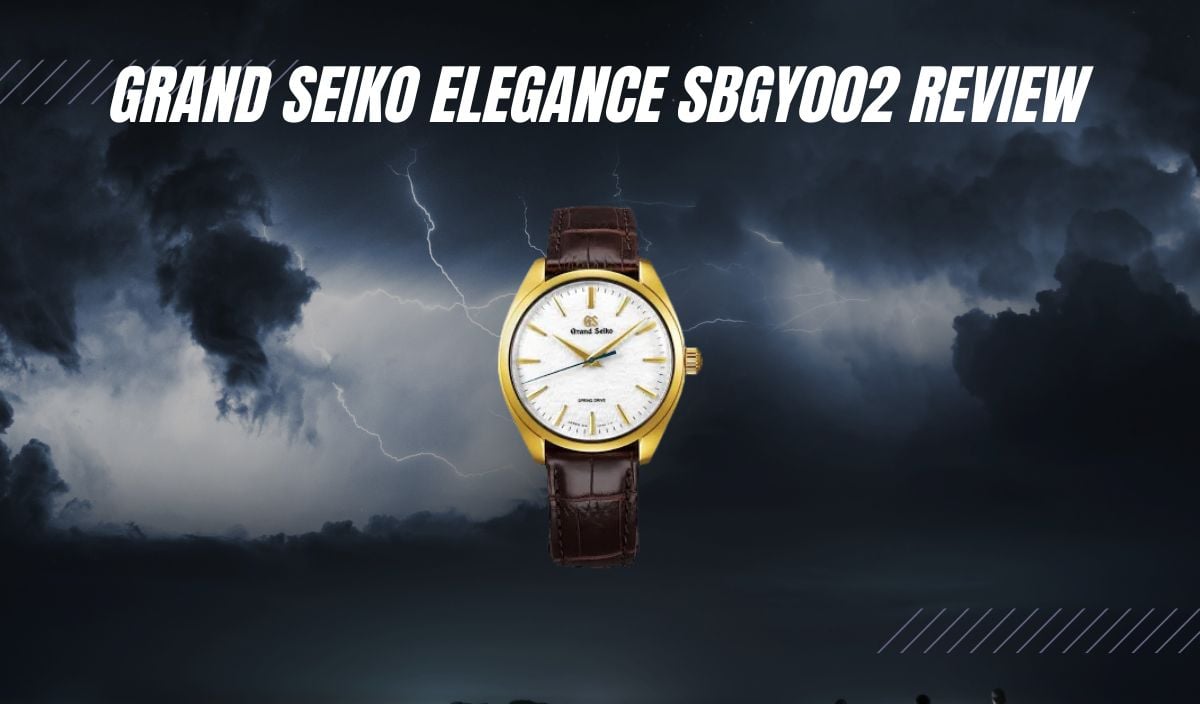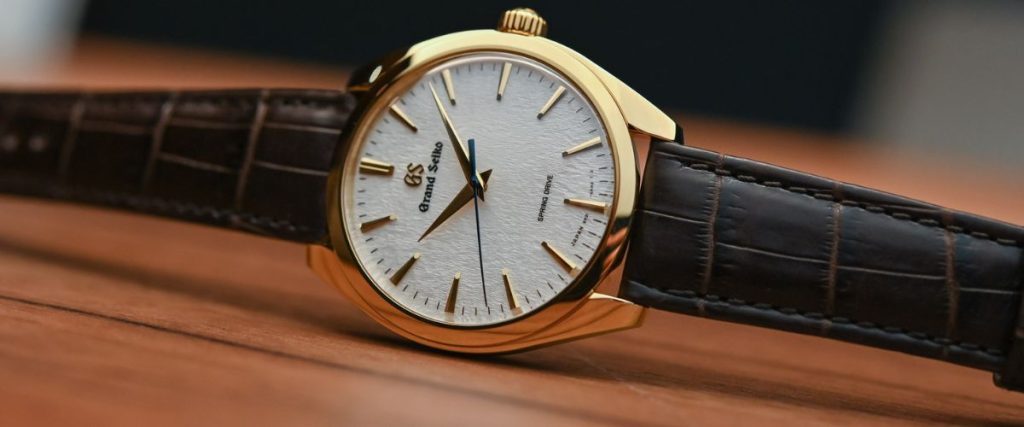
If you aren’t familiar with Tissot or Citizen watches, you must be new to watch collecting, because even those interested in high-end haute horlogerie know about these two key players in the industry.
Both are leaders in affordable timepieces, and both have a lot to offer the beginner watch collector. In fact, either of these two brands is a great choice if you’re a novice. They promise good quality materials and reliability and offer an array of stylish timepieces to suit all tastes and needs.
While Citizen is a Japanese brand, Tissot’s heritage is firmly rooted in Swiss soil. The former specializes in eco-friendly technology, while you can consider the latter a gateway to affordable luxury.
Either way, whether you choose the popular Japanese giant or the famous Swiss hard-hitter, you can’t go wrong when it comes to finding a day-to-day companion without burning a hole in your pocket. But what many people are interested in knowing is how they both compare. Let’s take a look as we address the Tissot vs Citizen watch debate.
Tissot – An Overview
Tissot is an expert in crafting affordable yet stylish wristwatches. Not only does the brand offer its fair share of solar-powered timepieces, but its mechanical wristwatches are also incredibly popular.
The brand bridges the gap between traditional-looking timepieces and modern innovation, having experienced huge success with its T-Touch technology back in the 1990s, not to mention its classically-inspired sports watch category.
The Tissot PRX is one watch design you’ll likely be familiar with. It’s one of the brand’s most celebrated models, inspired by iconic designs created by the legendary Gerald Genta during the 1970s. Those looking for a cheaper alternative to the Royal Oak or Nautilus, therefore, will find the Tissot PRX a good fit.
That’s not to say that Tissot doesn’t offer something for those who like the great outdoors, however. The models from the Touch series are powered by quartz movements and allow users to access the features they need via a touchscreen.
These technical watches come equipped with features like an altimeter, chronograph, barometer, step counter, and compass. Although slightly confusing, the PRX watch is part of the Swiss brand’s T-Classic collection, while sporty models like the Seastar and PRS are part of the T-Sports collection.
Above all, Tissot watches come in a huge variety of styles and features, including ETA movements and those that promise up to 80 hours of power reserve, promising outstanding value for money.
Citizen – An Overview
Citizen made waves in the industry from an early age with its ground-breaking technological advances. It has become one of the largest manufacturers in the entire world since its birth during the 1930s.
If you’ve been doing your research on the brand, you’ll already be aware that Citizen is a key player in the realm of solar-powered timepieces with its Eco-Drive series, and it specializes in atomic time via GPS technology.
The fact is, Eco-Drive technology and its innovative solar-powered features made many other Citizen watches redundant at the time of its release, yet this didn’t deter the brand or its success.
The advantages of Citizen’s Eco-Drive watches became obvious from the get-go. They were (and still are) incredibly precise, promising to keep accurate time, even when only exposed to light for a short period of time.
The fact that they could sit dormant in a drawer for months, yet require just moments of sunlight to power back into action, made them super convenient and better for the environment, too, saving many battery replacements throughout their lifespan.
Some Citizen Eco-Drive watches even have a power saver mode that proves particularly useful when worn in dark conditions for periods of time.
Exploring Citizen watches can be quite overwhelming, due to the sheer amount of options on offer, yet collections like the Elegant, Sports, Promaster, and Super Titanium prove the most popular, offering a myriad of styles and designs to choose from.
The Mechanical Classic series is another great place to explore if you want watches with respectable water-resistant capability. In contrast, the Promaster Sky model from the aforementioned Promaster series is a pilot’s watch with a twist, offering radio versions, some of which feature lightweight titanium cases, as well as countless features for calculating flight data while air-bound.
Brand Histories
A quick look at the histories of Tissot and Citizen will give you a little insight into their backgrounds and how they compare to one another. Looking at both side-by-side will hopefully enable you to make an informed decision about which brand is best for you.
Out of the two, Tissot is the oldest watch brand, arriving on the scene in 1853. The brand was responsible for developing the first mass-produced pocket watch, as well as the first anti-magnetic watch.
It partnered up with Omega around the time that Citizen was born, granting it access to some incredible movements and great success with models like the Tissot Navigator – the first mass-produced watch featuring 24 time zones, along with the Tissot Seastar. The quartz revolution had a huge impact on Tissot’s watch production.
Switching tactics, it played the quartz game, finding ways to survive its crushing effect on the mechanical watch industry. This tactical solution, however, opened up the pathway for one of the brand’s most revolutionary designs, the Tissot T-Touch, which arrived in 1999.
On the other hand, we have Citizen, a brand that truly thrived throughout the quartz era. The company has always focussed on two things: affordability and technology. It created Japan’s first fully waterproof watch in 1959, named the Parawater.
This sparked the beginnings of the brand’s innovative dive watch series, but meanwhile, Citizen experts were focussing on something altogether different – Eco-Drive technology. It was one of the first solar-powered wristwatches, taking pride in an environmentally conscious approach to modern watchmaking.
In 1993, Citizen released a world first – a multi-band atomic timekeeping wristwatch. It worked by synchronizing and adjusting its time with atomic clocks all over the world. In doing so, it promised accuracy down to the nanosecond.
Citizen or Tissot – Movement and Technology
When comparing Citizen watches side-by-side with Tissot watches, it’s clear to see that both excel in terms of timekeeping technology. The features offered by a T-Touch watch from Tissot are similar to those you would find in a modern smartwatch, providing you with important metrics in real-time, as you go.
On the other hand, Citizen mostly specializes in solar-powered quartz technology, which harnesses the energy from light and converts that into power used for accurate timekeeping. The benefit of this technology eradicates the need for regular battery replacements, allowing you to technically forget about your watch while you wear it.
In contrast, Tissot’s automatic watches offer a collector a more traditional way to keep track of time, adding to the charm and the appeal of mechanical timekeeping. While quartz watches are easy to maintain, many connoisseurs share the opinion that they’re too simple, lacking the craftsmanship and complexity of a mechanical.
Tissot vs Citizen – Aesthetics and Design
Citizen watches vary from complex, futuristic-looking timepieces to those inspired by Japanese minimalism, affording simplistic, clean dial layouts despite the sophistication of their built-in solar-powered technology.
On the other hand, Tissot watches are favored for their classic designs. Traditional three-handed models sit alongside timeless chronographs, while different dial colors and two-tone (steel and gold-colored) options add more variety to the collections.
Both brands have plenty to offer by way of design, features, and case sizes. Tissot is a great brand to turn to if you’re looking for an affordable sports watch, while Citizen has a superb range of tool watches from the Promaster series – a collection for land, sea, and sky.
Tissot Watches – the Best Recommendations
One easy way to determine whether a Tissot is for you or not is to take a look at some recommendations.
Tissot PRX Powermatic 80 T137.407.11.351.00
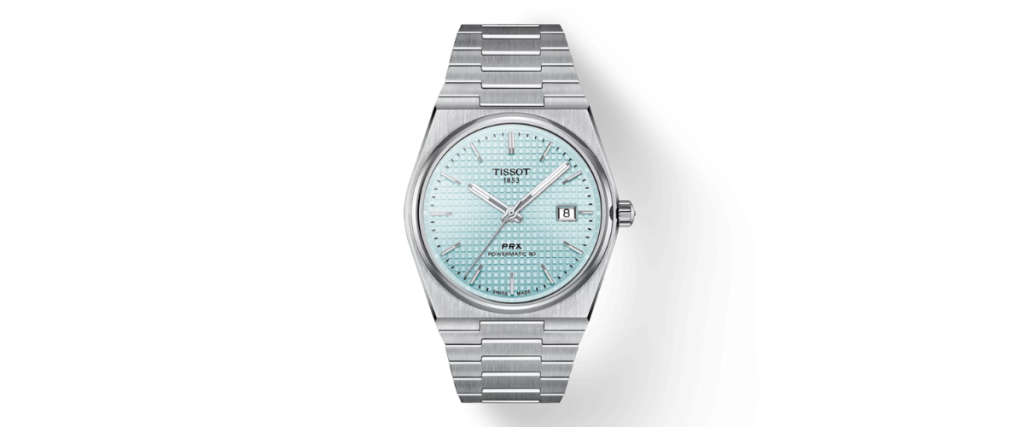
This Tissot Powermatic reference T137.407.11.351.00 is a great example that shows off all the sporty elegance of the Swiss brand’s popular PRX collection. Its dial, adorned with a distinctive waffle pattern, follows the design cues of the embossed dials seen in models like the Royal Oak and its iconic Grand Tapisserie dial.
Its turquoise shade is reminiscent of the Tiffany dial that is showcased in the Patek Philippe Nautilus range, while its integrated bracelet is a must-have feature of any covetable steel sports watch. With sweet spot dimensions of 40mm, the Tissot PRX really is an entry-level into the world of sports watch collecting and is powered by a movement that provides an impressive 80 hours of power reserve.
Tissot Seastar 2000 Professional Powermatic 80

Take a look at the gradient dial of this Tissot Seastar 2000 Professional Powermatic 80 watch. Perhaps the most inviting tones for gearing up for underwater exploration. And when taking this watch for a dip, you get to enjoy an impressive 600 meters of water resistance!
The unidirectional bezel in black has a very readable 60-minute scale on its surface. You can also opt for the Seastar 2000 model with a black and gold gilt-coloured bezel, but there is something so sporty and tool-like about this blue gradient iteration, complete with a subtle wave-like surface texture that evokes the rippling waters of the ocean’s surface.
Citizen Watches – the Best Recommendations
Take a look at a couple of these superb bang-for-buck Citizen watch recommendations before deciding which brand is for you.
Citizen Promaster Diver Automatic Super Titanium NB6021-17E
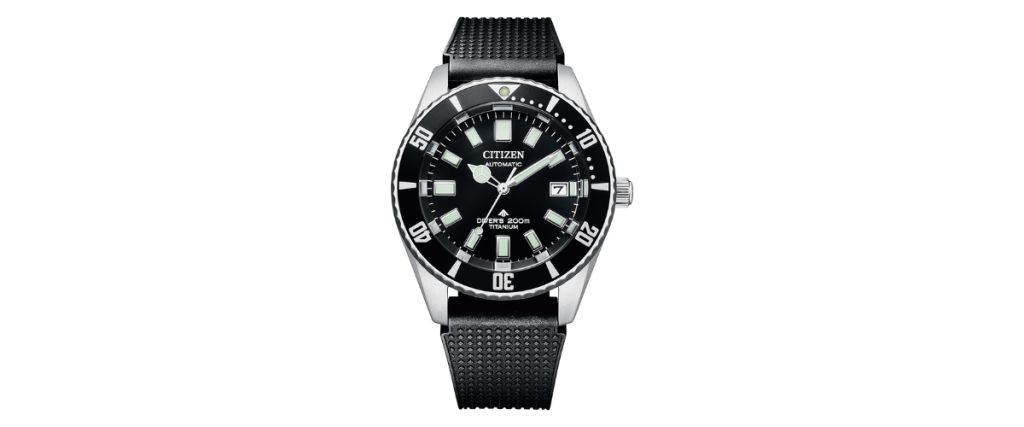
Citizen offers some great dive watches in its Super Titanium watch collection – a series of timepieces that benefit from the lightweight and tactical nature of this popular material used in watchmaking. Take, for example, the Citizen Promaster Diver Automatic Super Titanium watch.
It requires a broad wrist to carry its bold black-on-black case and strap design, yet its heft is cleverly counterbalanced by the lightweight qualities of the 200-meter water-resistant case. This watch is inspired by a historically important watch from Citizen’s archives – the 1977 Challenge Diver, which was found completely intact in 1983 on Long Reef Beach in Australia, having been exposed to the conditions of the Pacific Ocean for years. Thus, a model like this will appeal to those who like their watches to carry a little history and nostalgia.
Citizen Zenshin Chrono CA4610-85Z
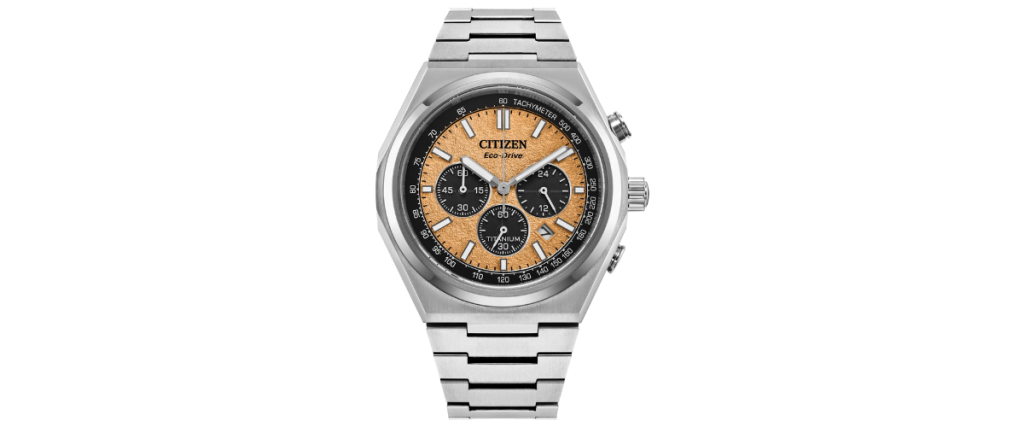
The great thing about Citizen watches is the brand’s lightweight alternatives to the steel sports watch. The Citizen Zenshin Chrono ref CA4610-85Z has the integrated bracelet that collectors love so much about this style of watch. Crafted from Super Titanium, the watch features stepped chronograph counters in black against a textured salmon dial.
A tachymeter scale also comes in handy for measuring speed based on distance. This watch is powered by Eco-Drive technology, and it never needs a battery. It promises 100 meters of water resistance and a tough sapphire crystal glass front.
The Tissot PRX or the Citizen Tsuyosa – A Comparison
One of the main comparisons collectors make when weighing up whether to purchase a Tissot watch or a Citizen watch is the Tissot PRX and the Citizen Tsuyosa. Both are easy to compare since they offer a similar aesthetic and are both powered by automatic movements.
Both the Citizen Tsuyosa and the Tissot PRX sit under the $1k bracket. The brand also offers a 40mm case width and a tonneau case shape that captures the ultra-popular steel sports watch aesthetic. Some subtle differences, however, include the case thickness – the Citizen Tsuyosa, which measures slightly thicker (12.2mm) than the PRX (11.2mm).
This slight difference automatically means that the Tsuyosa will wear a little flatter against the wrist and will slide under the cuff of a shirt more easily. The latter also measures 1mm less in its lug-to-lug dimensions, too.
At a glance, the most obvious difference between these Citizen and Tissot watches is the dial finish. The Tsuyosa has a smooth sunray effect, while the PRX has the aforementioned waffle effect.
Again, choosing between the two is simply down to preference, but if it’s an affordable Royal Oak you’re looking for, the PRX wins hands down on that front. An interesting feature of the Tsuyosa is the magnified lens above the date window at 3 o’clock, which the PRX lacks.
Bracelet-wise, the Citizen sports watch boasts rounded end links, while the Tissot sports watch has flatter links that are more reminiscent of models from a bygone era. The Tsuyosa is powered by a very basic Miyota movement.
Nevertheless, it’s a reliable workhorse, producing a steady 40 hours of power reserve. Conversely, Tissot equips its PRX watch with the refined Powermatic engine, which is complete with double the power reserve of the Tsuyosa.
Although both of these watches are very similar in terms of design and features, in my opinion, the PRX wins over the Tsuyosa for a couple of reasons.
Firstly, the PRX has a slightly more ergonomic design, sitting flatter on the wrist and making it more suited to office environments. Secondly, for a couple of hundred bucks more, you can enjoy a movement with double the power reserve, and the execution of the dial evokes a superior and more sophisticated finish.
Which is the Right Brand for You?
We can simplify the Tissot vs Citizen debate by looking at the key facts about each brand. Tissot offers some great affordable automatic watches for under $500, which make for absolute steals compared to the price of some Swiss alternatives.
The company quickly learned how to take Swiss craftsmanship and convert it into designs that appealed to the mass market, and it certainly paid off. Some automatic Tissot watches are powered by mechanical movements that provide longer power reserves too, and even feature exhibition casebacks.
Above all, Tissot watches can be as classic and simple as you like, many of which exude a sportiness that makes for some great casual daily beaters.
Citizen watches cover a slightly broader price spectrum, with models priced as low as $200 for an Eco-Drive watch. Their aesthetics have a strong utilitarian vibe, while plenty of simple quartz models have classic aesthetics.
So, Citizen or Tissot – which is the better brand? The answer to that quandary really lies in personal preference and remains a matter of priority. Are you willing to splash out a little more for an automatic Tissot, or is the unbeatable precision of a Citizen watch more important to you?


